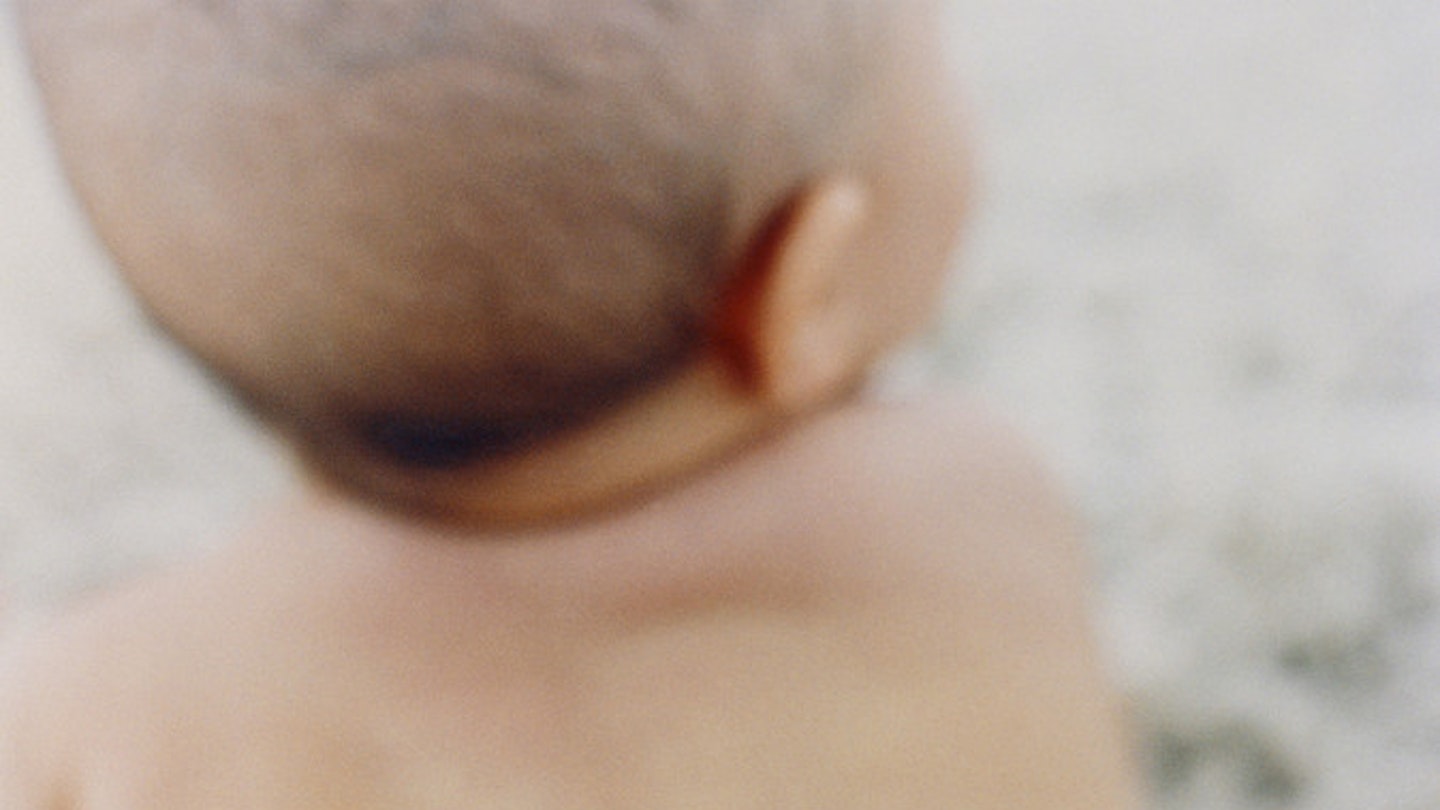Your baby’s got what?! Threadworms are dreaded by parents, but they look (and sound) much worse than they really are. Plus, it’s easy to get rid of them
They may look hideous, but threadworms are more of an annoyance than something to freak out about. It’s one of those irritating illnesses that kids catch really easily and, as they’re quite common in babies, it’s wise to get clued up on what it’s all about.
While it’s simple to get rid of threadworms, they’re persistent little nuisances and may keep coming back. But providing you follow your doctor’s advice, there’s no reason why you can’t beat them.
What are threadworms?
Unfortunately they are what you think – they’re tiny parasites that resemble small pieces of thread. Although sometimes tricky to spot, you may notice threadworms around your baby’s bottom or in his poo.
‘The eggs are not visible to the naked eye, but you can see the worms,’ says Professor Mitch Blair, Officer for Health Promotion for the Royal College of Paediatrics and Child Health.
They’re the most common skin infection in the UK and infect up to half of children under the age of 10. ‘Although less common, babies can catch threadworm too, particularly if another member of the household has the infection,’ Professor Blair explains.
What are the symptoms?
It can prove difficult to notice if your baby has threadworms. Female worms are between 8mm and 13mm long and male worms are shorter, at 2mm to 5mm long – the male worm is rarely seen because it stays inside the intestine.
The best time for ‘worm spotting’ is the late night nappy change
‘Symptoms include intense itching around the anus, particularly at night when the female worms are laying eggs,’ Professor Blair explains. ‘If your baby is very young, one sign of threadworms is a really disturbed sleep – as a result of the itchiness – which can lead to irritability.’
So, yes, the best time for ‘worm spotting’ is the late night nappy change.
How is it treated?
Threadworms are really contagious, so it’s important that you’re whole family is treated, even if no one else is displaying any symptoms. However severe your baby’s case of threadworms is, you should visit your GP.
‘If your baby is under three months old, medication isn’t recommended,’ says Professor Blair. ‘It’s basically a case of maintaining a very high level of hygiene in his nappy area. After washing your hands well, wash your baby’s bottom gently but thoroughly every time you change his nappy.’
The life span of threadworms is approximately six weeks, so it's important that the hygiene methods are followed for that full time.
‘Take steps such as changing bedding regularly, cleaning all surfaces and toys with a damp cloth and washing around the bottom, and finger and toe nails frequently,’ advises Professor Blair.
